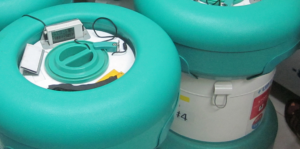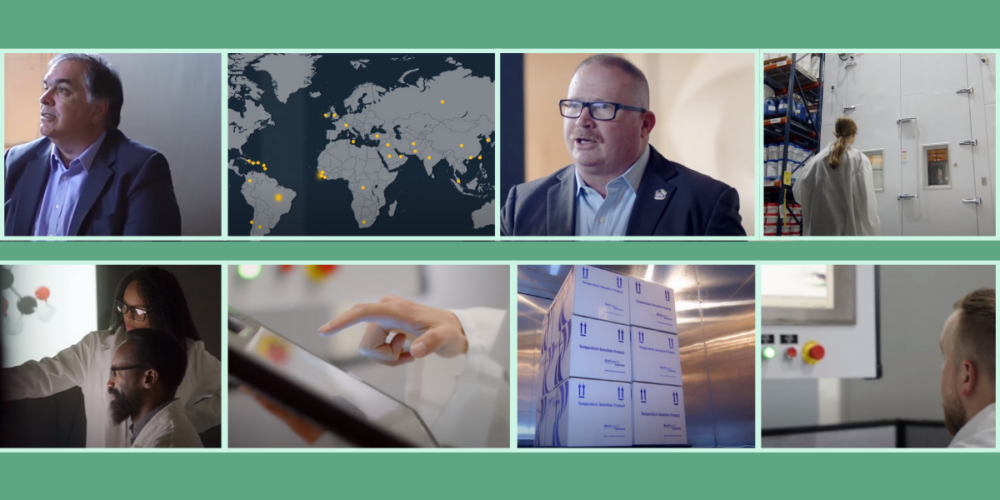10 Years of Modality Solutions: What We’ve Learned, Part 2
In our previous post, we looked at some of the ways the biopharmaceutical industry...
read Details

First published on January 5, 2016 on Cold Chain IQ – as a contributor, Hutchinson’s column, Global Cold Chain Connections, falls in the Supply Chain & Security category. It can also be viewed at http://www.coldchainiq.com/transportation-logistics/columns/forecasted-cold-chain-trends-for-2016
We are seeing a trend in pharmaceutical manufacturers to start designing their cold chain networks specifically to the drug platform or modality based on therapeutical area. The ability to tackle a whole range of chronic diseases and illnesses with exciting new technologies has driven more and more specialization in not only the cold chain but the entire logistics network. For example, stable and better characterized drugs with an exemplary safety record are using deferred shipping lanes, new transport modes including ocean freight, and an increased allowable range in shipping temperatures. However, more fragile platforms like a monoclonal antibodies require greater characterization of the drug product not only for temperature hazards, but a full range of environmental hazards including shock, vibration, temperature and humidity. The characterization of these synthesized human proteins in solution has shown a fragility that requires complex and specialized logistics networks supported by cushioning thermal packaging with tight control on temperature ranges. Coupled with the controlled temperature requirements for small molecule drugs, the depth and complexity of modern pharmaceutical supply chains will grow exponentially in 2016.
Tighter controls seen in clinical trial operations, especially in vaccine trials, will be seen in 2016. Ongoing concerns in handling of clinical trial materials and vaccines has prompted a renewed look at the monitoring and controls in place for each step of the clinical trial operational management. These controls are going to extend to beyond just standard temperature monitoring, but a top-to-bottom review of processes, procedures, and packaging to ensure end-to-end control of the cold chain in extreme environments. Trial operations, especially vaccine trials, are becoming focused in areas of the world where temperature extremes and lack of logistics infrastructure translate into difficult challenges for both the trial sponsor and the healthcare professionals. This focus on end-to-end monitoring of clinical trials in the most challenging of logistical environment is significant trend that will only increase in 2016.
The trend for greater regulatory scrutiny on the cold chain management processes by regulators as part of the approval process will accelerate in 2016. This trend to confirm that all the elements of your cold chain management processes – characterization, qualification/validation and tech transfer/implementation – are fully integrated and well documented in your quality system prior to submission will grow. We expect the scrutiny that has challenged many new molecules – unique therapies and biosimilars – to continue to delay and frustrate the submission process unless the manufacturer is properly prepared. The regulators are better versed on the potential dangers and have seen best practices in cold chain for years. Now the expectation to deliver a world-class cold chain will only grow in 2016.
In our previous post, we looked at some of the ways the biopharmaceutical industry...
read Details
Recently, we worked on a project for an advanced CAR T-cell therapy developed by...
read Details
First published on September 16, 2015 on Cold Chain IQ – as a contributor,...
read Details